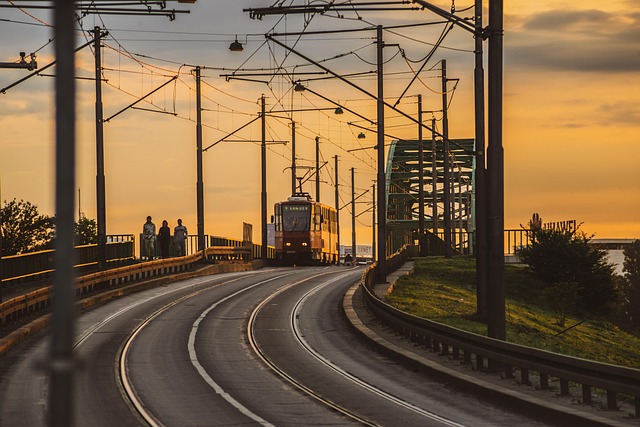The rapid onset of melting ice due to climate change is not just a distant concern; it’s already affecting our everyday lives in tangible ways. As icebergs and glaciers recede, the repercussions extend far beyond picturesque landscapes and wildlife habitats. One of the most pressing issues at hand is the impact on our infrastructure. With rising sea levels and extreme weather events becoming more frequent, the phrase infrastructure damages has taken on new significance for communities globally.
When we talk about infrastructure, we often think about roads, bridges, and buildings—structures that are fundamental to our daily routines. However, as the environment shifts dramatically, these very structures face unprecedented challenges. Floods, caused by melting glaciers, are eroding roads and destabilizing bridges, while extreme rainfall can lead to pothole-ridden streets that jeopardize the safety of commuters. The cost of maintaining and repairing this damage is climbing steeply, putting pressure on local governments and taxpayers alike.
Climate change exacerbates these issues by increasing the frequency and intensity of storms. Coastal cities are now battling not only the natural beauty of their environments but also the harsh realities of climate-induced weather changes. Storm surges can destroy seawalls and flood infrastructure, leaving communities grappling with the aftermath. The scenario becomes even more dire for low-lying areas, where rising sea levels threaten homes and essential services. In these communities, the ongoing battle against infrastructure damages is not just an economic burden; it’s a matter of survival.
Moreover, the effects of melting don’t stop at coastal regions. Inland areas are also feeling the heat, as logistical networks become strained under the weight of more severe weather patterns. Railroads and highways could be washed away in just one season of heavy rains, impacting the transportation of goods and emergency services. This interconnectivity of our infrastructure means that a disruption in one area can lead to a cascading effect throughout the entire region, underscoring the importance of proactive measures against environmental degradation and climate change.
It’s not just about individual structures; it’s about the collective resilience of our communities. The growing awareness of this crisis has led to initiatives aimed at fortifying existing infrastructure and developing new, more sustainable designs. These approaches prioritize the long-term survivability of our physical environments while recognizing the necessity for change. From elevating roadways in flood-prone areas to creating green spaces that can absorb stormwater, every effort is a step towards mitigating infrastructure damages caused by our warming planet.
We all have a role to play in addressing this pressing issue. Advocacy for sustainable practices, compliance with building codes designed to withstand extreme weather, and investment in research for innovative solutions can make a difference. After all, these aren’t just political or economic challenges; they are deeply personal concerns that affect our homes, our loved ones, and our way of life. As we watch the ice melt, let’s also rally together to ensure that our infrastructure evolves to meet the new realities of our environment.



